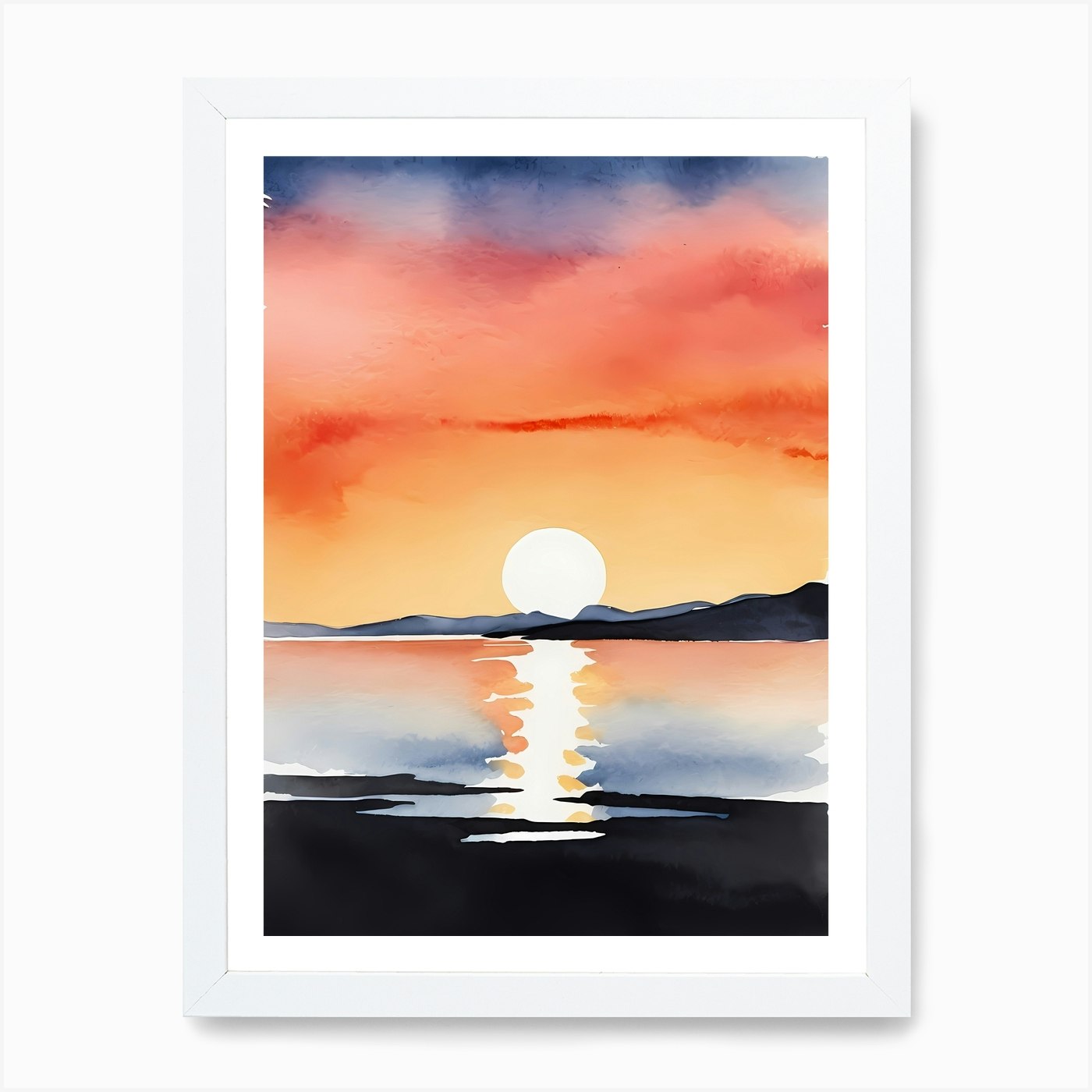Introduction: Encouraging Creativity Through Watercolor
Watercolor painting is a fantastic medium for children to explore their creativity and imagination. The fluid nature of watercolor allows for endless experimentation and fun, making it an ideal activity for young artists. Engaging children in watercolor painting not only helps develop their artistic skills but also enhances their cognitive abilities, fine motor skills, and emotional expression. This article provides a variety of inspiring watercolor painting ideas tailored specifically for kids, designed to ignite their creativity and imagination while offering a delightful and educational experience.
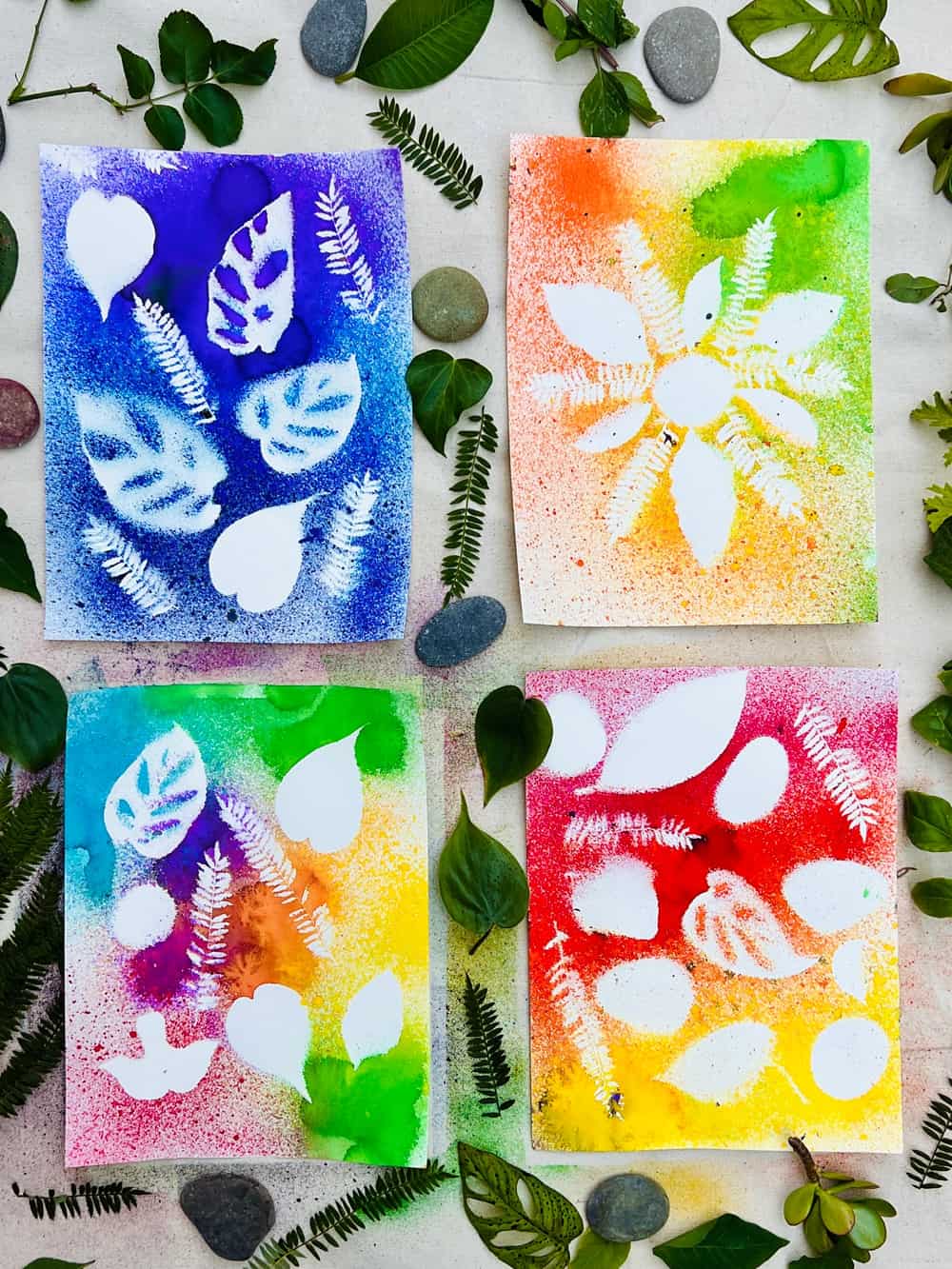
Setting Up a Creative Space: Preparing for Artistic Exploration
Creating a dedicated space for watercolor painting is essential to foster a creative environment where children can freely express themselves. Set up a well-lit area with a sturdy table covered with a plastic or old tablecloth to protect it from spills and splashes. Stock the space with watercolor paints, brushes, water containers, paper towels, and various types of watercolor paper. Providing a range of brush sizes and shapes encourages experimentation with different strokes and textures. It’s also beneficial to have aprons or old clothes on hand to keep the young artists clean. Having all materials within easy reach allows children to focus on their artwork without interruptions, making the painting session more enjoyable and productive.
Exploring Nature: Painting Flowers and Trees
One of the most engaging ways to introduce children to watercolor painting is through nature-inspired projects. Encourage them to observe flowers and trees in their surroundings or bring in photographs and illustrations as references. Begin by teaching them basic watercolor techniques such as wet-on-wet, wet-on-dry, and color blending. Guide them in creating simple flower shapes with light washes of color, gradually adding layers to build depth and detail. Painting trees can involve experimenting with different shades of green and brown, using the brush to create varied textures for leaves and bark. This project not only enhances their observation skills but also fosters a deeper appreciation for nature.
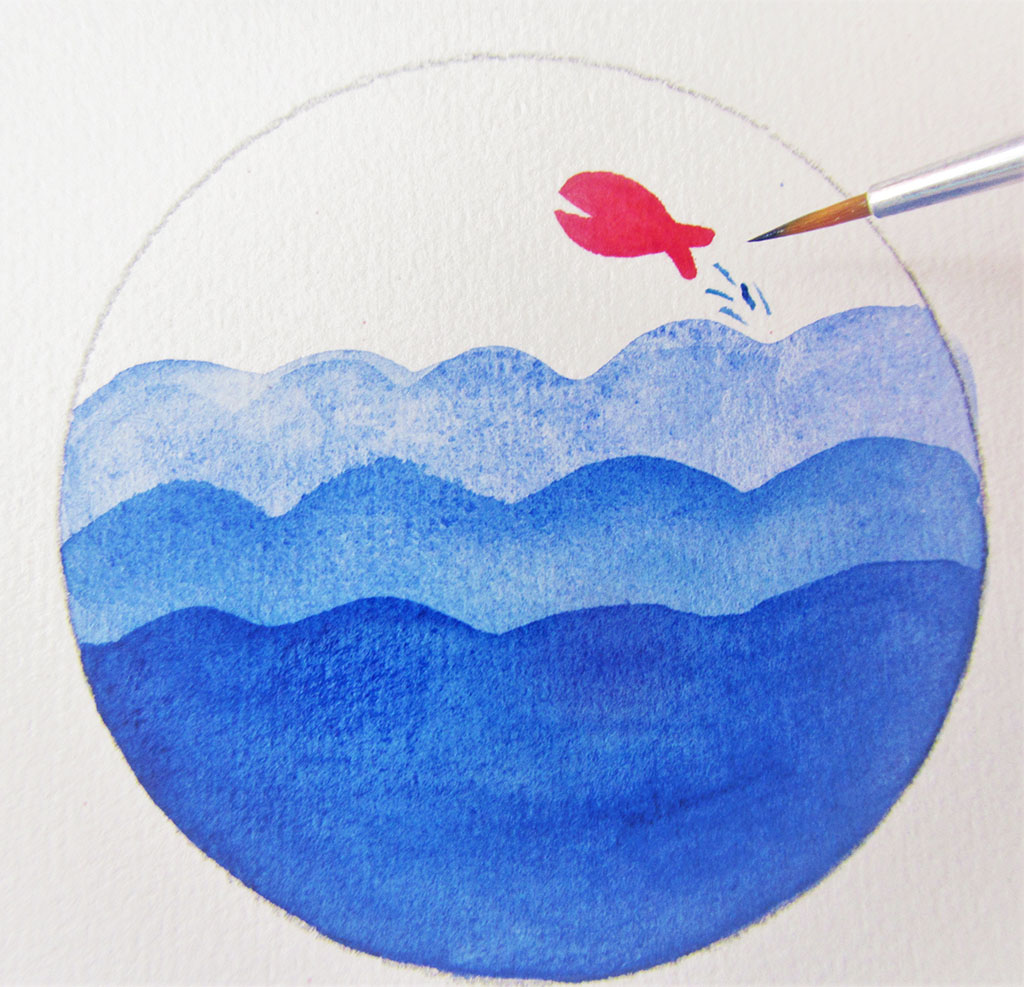
Magical Landscapes: Creating Dreamy Sceneries
Children’s imaginations are boundless, and painting dreamy landscapes is a wonderful way to channel their creative visions. Start by discussing different types of landscapes, such as mountains, beaches, forests, and outer space. Provide them with large sheets of watercolor paper and encourage them to sketch simple outlines of their imagined scenery. Using watercolor techniques like gradient washes and splattering, they can create magical skies, shimmering waters, and mystical forests. Encourage them to experiment with unusual colors and abstract shapes to bring their dreamscapes to life. This project allows children to explore storytelling through art, creating fantastical worlds that reflect their unique perspectives.
Underwater Adventures: Painting Ocean Life
The vibrant and diverse world beneath the sea offers endless inspiration for watercolor painting. Introduce children to the fascinating creatures and plants found in oceans, such as fish, turtles, coral reefs, and seaweed. Provide reference images or videos to spark their interest. Demonstrate how to use watercolor to depict the fluidity and translucence of water, blending blues and greens to create a sense of depth. Children can paint colorful fish with intricate patterns, playful dolphins, or mysterious jellyfish. Encourage them to use salt techniques to add texture to the ocean background, mimicking the look of underwater bubbles and currents. This project combines art with marine education, enhancing their knowledge and creativity.
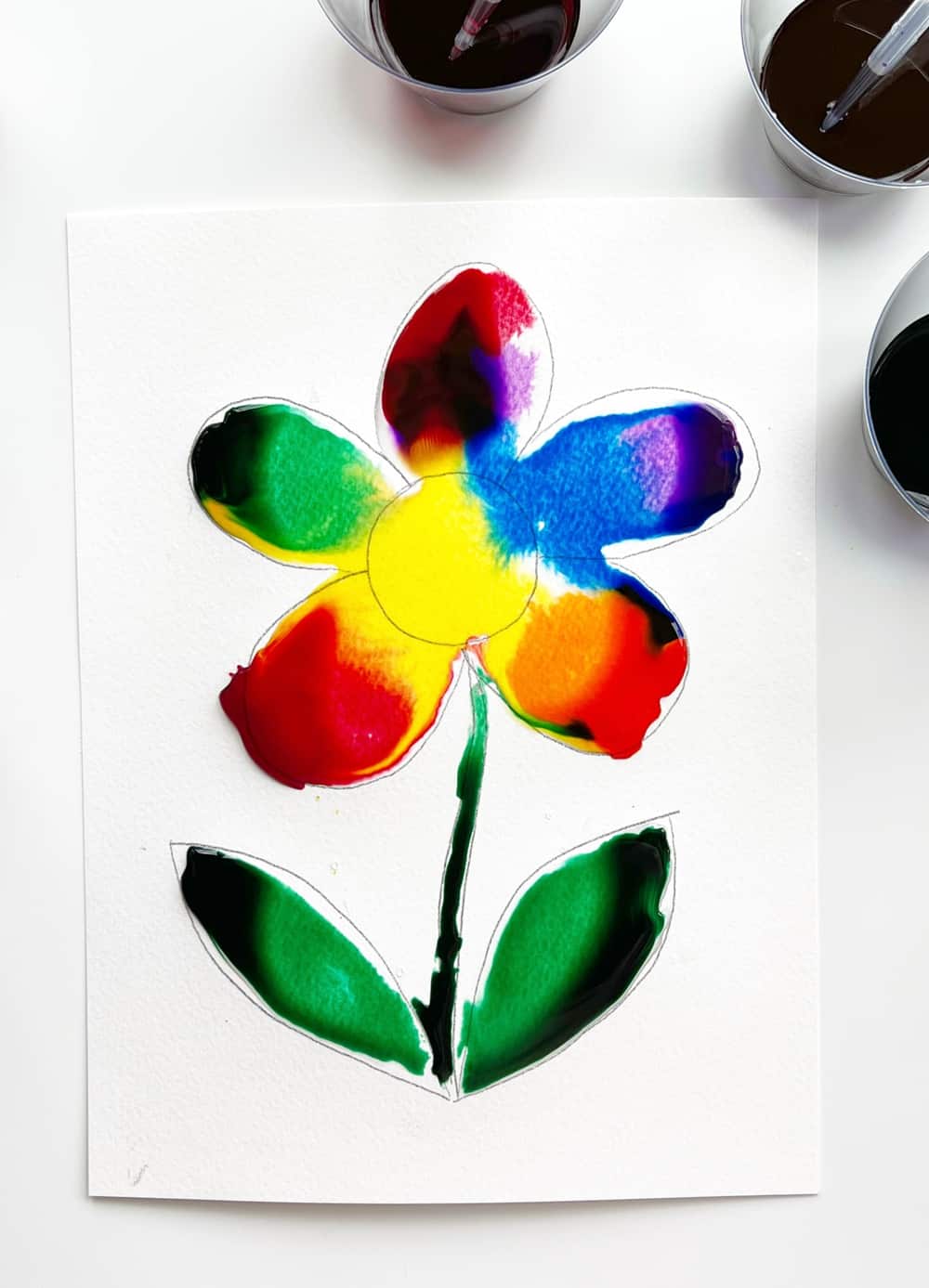
Imaginative Portraits: Expressing Emotions and Characters
Painting portraits allows children to explore human emotions and expressions while developing their drawing and painting skills. Start by discussing the basic proportions of the face and how different features convey emotions. Provide mirrors or photographs for reference and encourage children to sketch self-portraits or imaginary characters. Using watercolor, they can experiment with skin tones, hair colors, and clothing designs. Teach them how to blend colors to create realistic shadows and highlights. This project not only enhances their observational skills but also allows them to express their feelings and personalities through art. It’s a great way to build confidence and self-awareness in young artists.
Abstract Art: Encouraging Free Expression
Abstract painting is perfect for young artists to explore their creativity without the constraints of realism. Explain the concept of abstract art and how it focuses on color, shape, and texture rather than specific subjects. Provide a variety of brushes, sponges, and other tools to create different effects. Encourage children to let their emotions guide their brushstrokes, using bold colors and dynamic movements. They can experiment with techniques like dripping, splattering, and layering to create unique compositions. Abstract painting sessions can be very freeing and therapeutic, allowing children to express themselves in ways that traditional art forms might not. This project emphasizes the joy of creativity and the beauty of spontaneous expression.
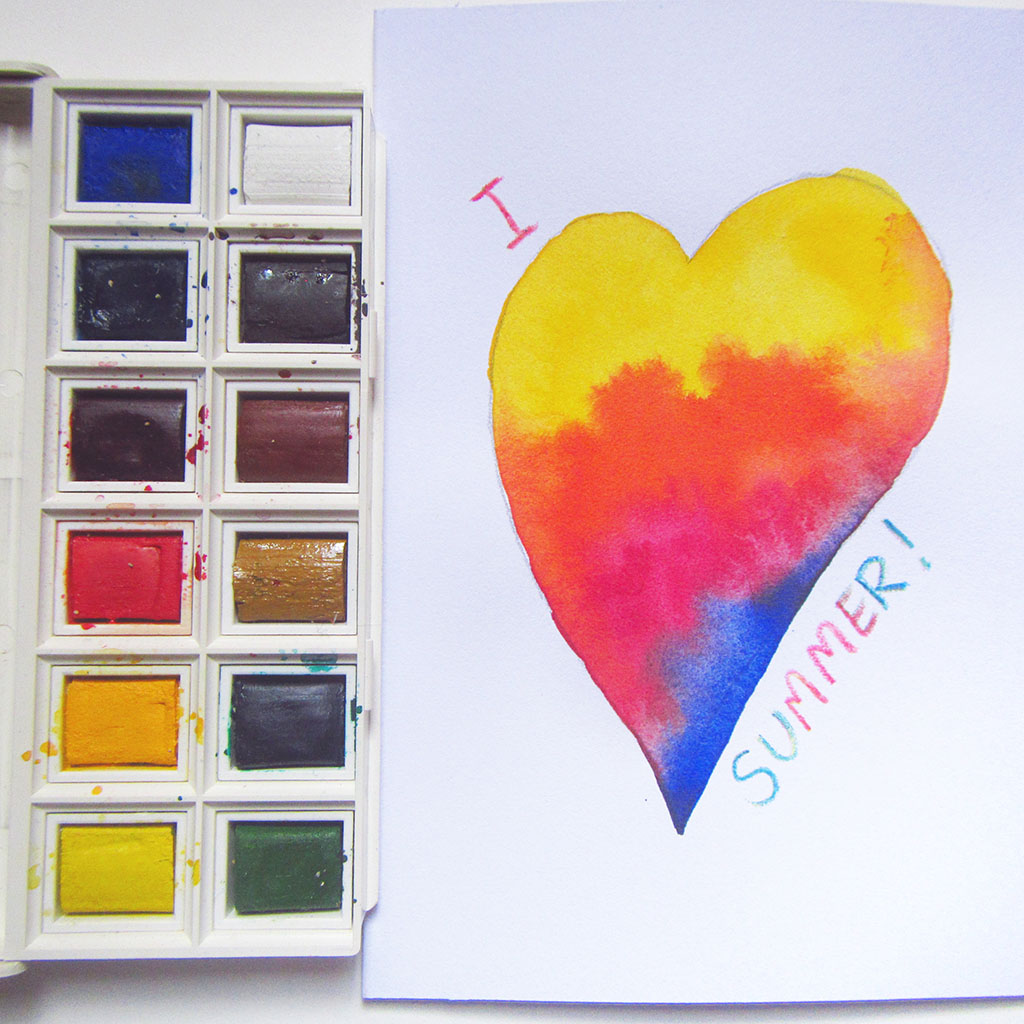
Seasonal Themes: Capturing the Essence of Each Season
Seasonal themes provide a rich source of inspiration and help children connect with the changing world around them. Discuss the characteristics of each season—spring’s blooming flowers, summer’s vibrant sunshine, autumn’s falling leaves, and winter’s snowy landscapes. Provide seasonal images and objects as references. For spring, children can paint delicate flowers and budding trees using soft pastel colors. Summer projects might include bright beach scenes or sunny gardens. Autumn offers opportunities to explore warm hues and leaf patterns, while winter can be depicted with cool blues and whites, capturing snowflakes and frosty scenes. Seasonal painting projects help children observe and appreciate the cyclical nature of the environment while honing their artistic skills.
Storybook Illustrations: Bringing Stories to Life
Combining storytelling with watercolor painting can create a magical experience for children. Choose a favorite storybook or fairy tale and discuss its characters, settings, and key events. Encourage children to select a scene or character from the story to illustrate. They can start by sketching their idea lightly on watercolor paper, then use watercolor paints to bring it to life. Demonstrate how to use different colors and techniques to convey moods and atmospheres. For example, soft washes can create a dreamy background, while vibrant colors can highlight exciting moments. This project not only enhances their painting skills but also promotes literacy and imaginative thinking by connecting visual art with narrative elements.
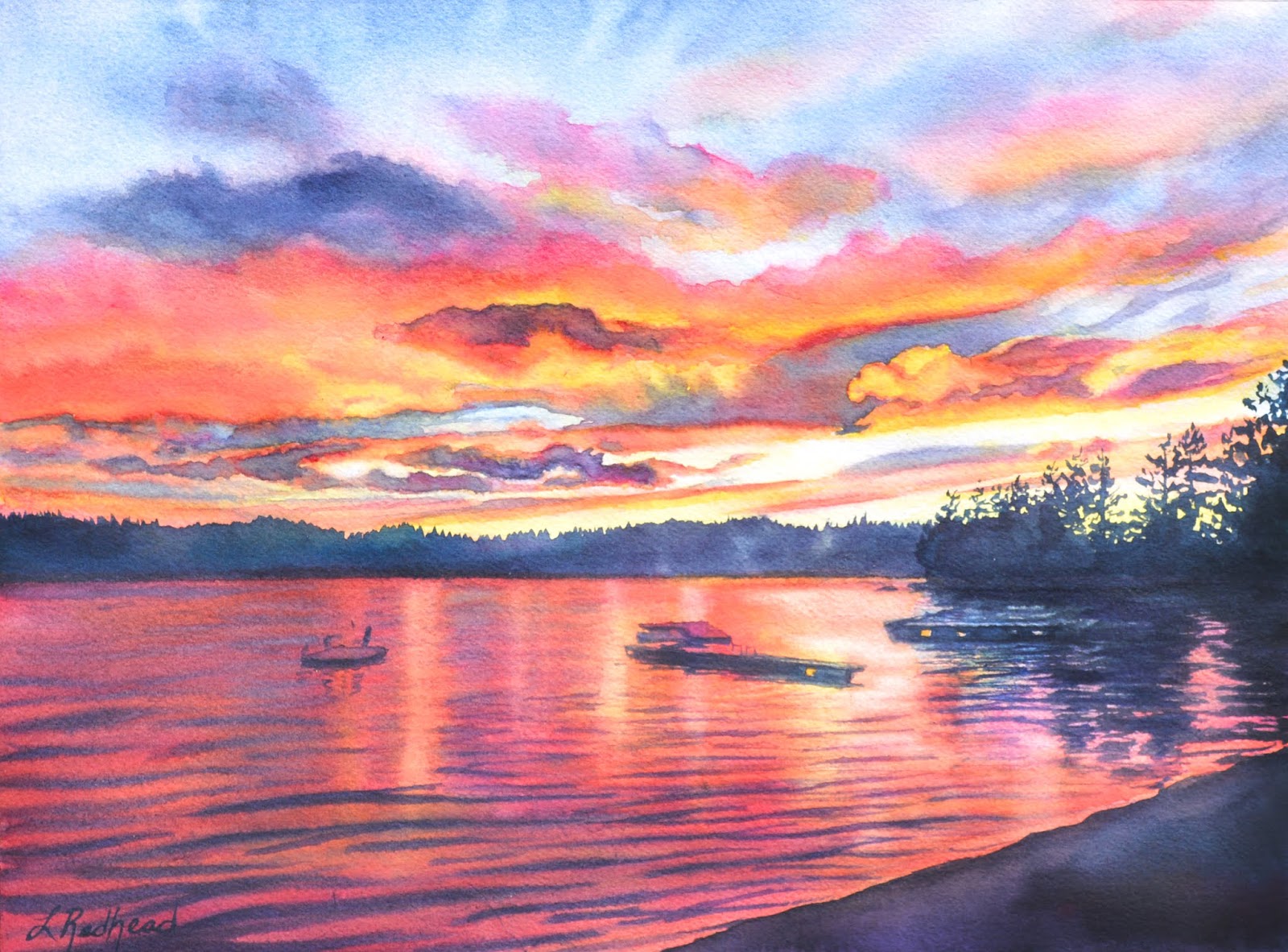
Fun with Patterns: Designing Decorative Art
Pattern painting is a fun and engaging way for children to explore design and symmetry. Introduce them to various patterns found in nature, textiles, and everyday objects. Provide examples of geometric, floral, and abstract patterns. Children can create their own pattern designs, starting with simple shapes and gradually adding more complexity. Using watercolor, they can experiment with repeating motifs, color combinations, and layering techniques. Pattern painting helps develop their attention to detail and understanding of composition. It also allows them to create decorative art pieces that can be used for cards, wrapping paper, or room decorations. This project combines creativity with an appreciation for design and aesthetics.
Animal Kingdom: Painting Favorite Animals
Animals are always a favorite subject for children, and painting them with watercolors can be both fun and educational. Discuss different animals, their habitats, and distinctive features. Provide photographs and illustrations for reference. Children can start by sketching their chosen animal lightly on watercolor paper. Show them how to mix colors to achieve realistic fur, feathers, or scales. Techniques like dry brushing can add texture to their paintings. Encourage them to think about the background environment, whether it’s a jungle, savannah, or arctic landscape. Painting animals helps improve their observational skills and knowledge about wildlife. It also provides an opportunity to discuss biodiversity and conservation in an engaging way.
Collaborative Projects: Working Together to Create Art
Collaborative painting projects are a fantastic way to teach children about teamwork and shared creativity. Organize a group project where each child contributes to a large watercolor mural. Choose a theme, such as a community garden, an underwater scene, or a fantasy land, and assign different sections to each participant. Provide guidance on how their individual contributions will fit into the overall composition. Children can work together to plan the layout and color scheme, fostering communication and cooperation. As they paint, they can learn to blend their styles and ideas harmoniously. Collaborative projects not only produce beautiful and meaningful artworks but also teach valuable social skills and a sense of community among young artists.
Conclusion: Fostering Lifelong Creativity and Appreciation for Art
Introducing children to watercolor painting through these inspiring projects helps cultivate a lifelong appreciation for art and creativity. Each project is designed to engage their imagination, develop their artistic skills, and provide a fun and educational experience. By exploring different themes, techniques, and collaborative efforts, children learn to express themselves, observe the world around them, and work together towards common goals. Encouraging creativity in young artists lays the foundation for critical thinking, problem-solving, and emotional expression. Ultimately, these watercolor painting activities not only enrich their artistic journey but also contribute to their overall development and well-being.





